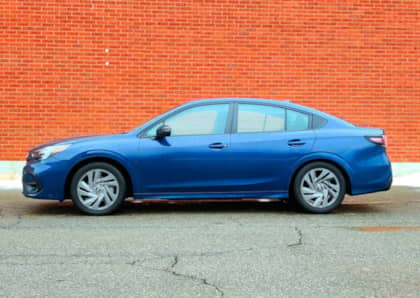Road Test Review: The 2023 Subaru WRX Could Be The Automaker's Last Gasp Of Turbocharged, Rally-Inspired Performance
Subaru's standing in the world of high performance has subtly shifted over the course of the past few years. The Japanese company still counts two (very different) enthusiast-oriented automobiles in its line-up in the BRZ coupe and the WRX sedan, making a strong statement given that its small showroom houses only eight distinct models. That being said, this cohort used to include a third member, the WRX STI, which represented a more hardcore interpretation of the brand's trademark turbocharged all-wheel drive rally fury.
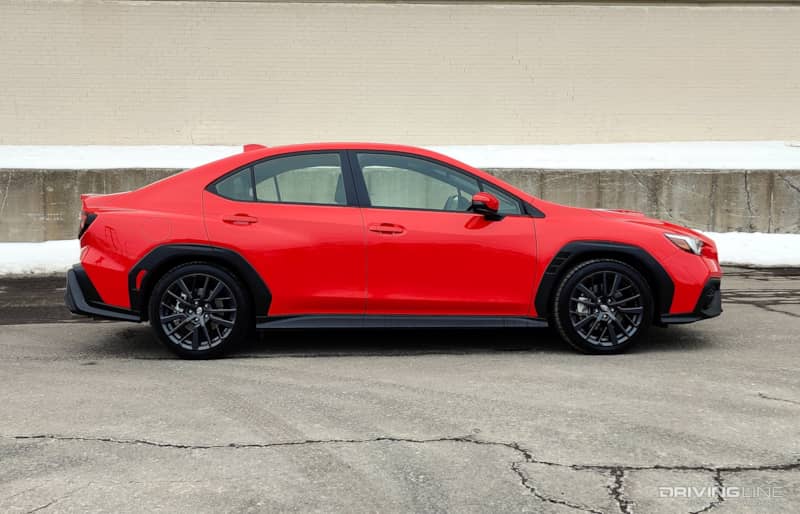
When the Subaru WRX was redesigned for the 2022 model year, it lost the STI edition as part of its move to the same global platform used by nearly every other model in the automaker's line-up. The official line was emissions, with Subaru claiming that a hotter version of the WRX would likely only last a couple of years before needing major updates to keep pace with smog regs and fuel economy needs in various markets. The door was left open for a potential electrified return of the model, but with no definite timetable.
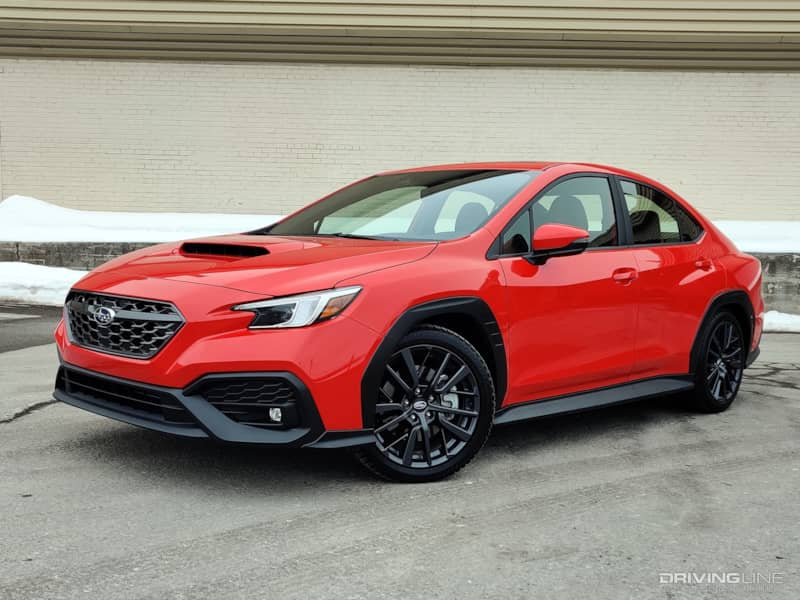
The absence of the STI puts extra weight on the shoulders of the WRX, which comes in two distinct flavors for 2023. One, which features a standard six-speed manual gearbox, aims to maintain its reputation for providing affordable fun in a reasonably practical package. The other, which tags in a continuously-variable automatic transmission, attempts to bridge the worlds of commuter and competitor. After spending a week behind the wheel of the latter, it's immediately clear that this particular model is about as far away from STI country as one can get.
Faster Than The Six Speed*
I want to focus first on what the 2023 Subaru WRX's CVT gets right. In the absence of traditional gear ratios, a continuously-variable automatic transmission attempts a balancing act between maximizing power and efficiency by maintaining the appropriate engine rpm regardless of actual vehicle speed. Thanks to a system of pulleys and bands that keep a motor in its sweet spot, there are no actual 'shifts' that occur during normal driving.
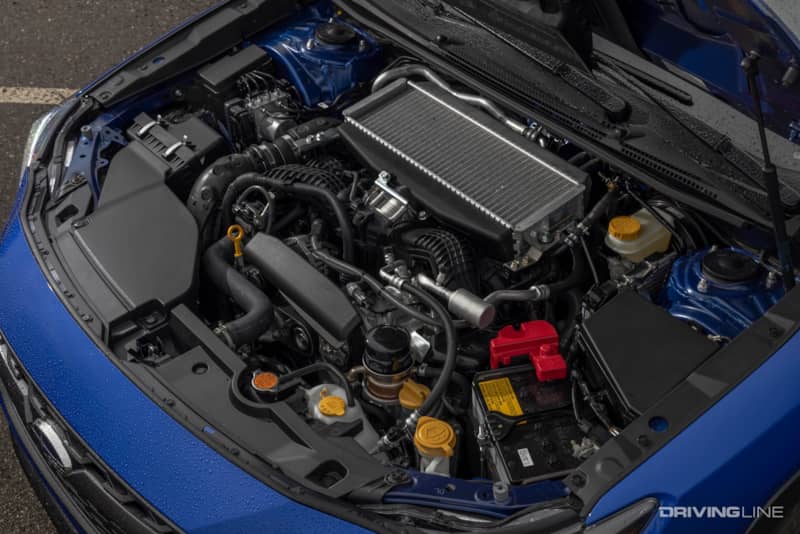
For a turbocharged car like the WRX, this means that a CVT is perfectly poised to access its 2.4L, four-cylinder motor's turbocharged powerband. Rather than chasing boost with each upshift, once the revs have built up at full throttle they are there to stay, giving the driver near-constant access to the car's 271 hp and 258 lb-ft of torque. It's a strategy that pays off big-time in a straight line, where the automatic edition blasts to 60-mph in 5.4 seconds, just a tick under what the six-speed car can do.
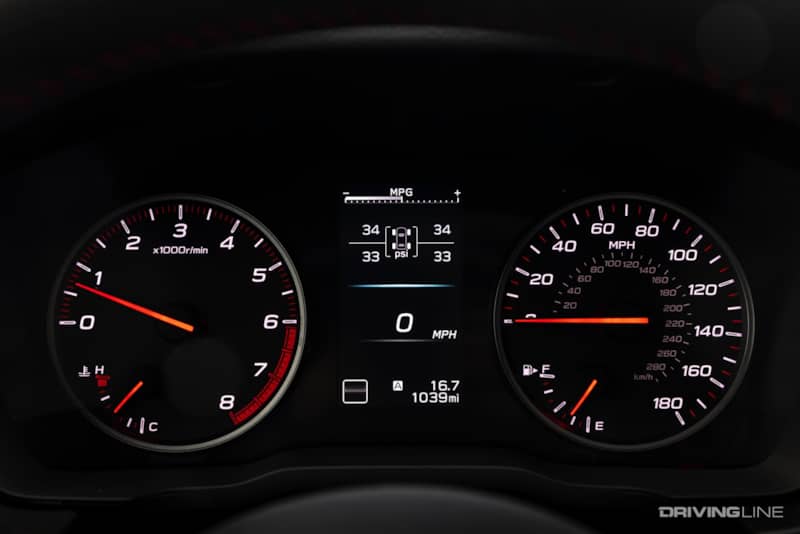
Still, there are limits to both the new WRX's speed and the CVT's specialized charms. Over a long enough stretch of road, the autobox eventually loses out to the six-speed Subaru, despite near-identical trap speeds at the end of a quarter mile run. As compared to similarly-powered, auto-equipped sport sedans, the WRX's CVT also comes up short: the Hyundai Elantra N's eight-speed dual-clutch is three tenths faster in both a drag race and a 0-60 sprint.
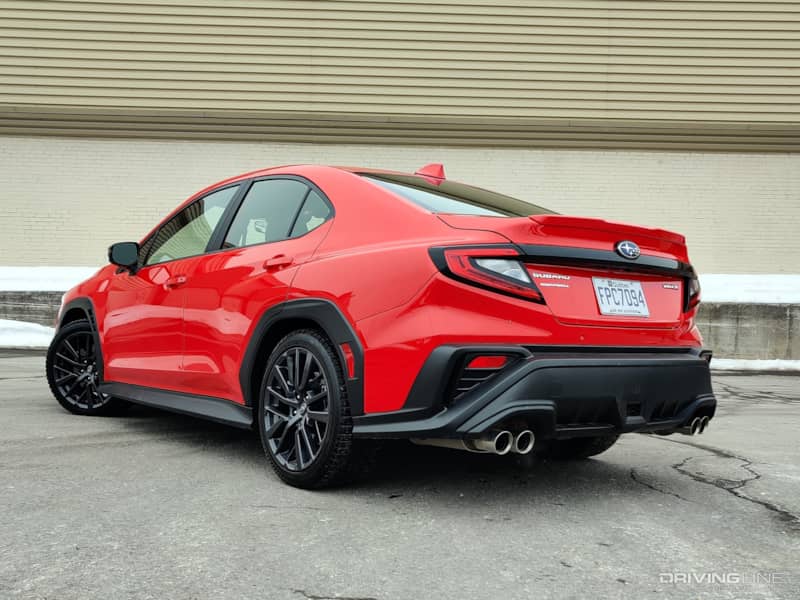
More importantly, however, is how poorly the Subaru CVT compares to a DCT automatic or even a torque converter-equipped car when asked to do more than simply surge forward from a stop. In spirited driving the continuously-variable unit is often at a loss as to how to respond to throttle inputs, even when selecting its default 'Sport' or more intense 'Sport #' settings. With a lag between pedal push and pavement results, it's necessary to slap the stick into manual mode and access the car's eight digitally-defined gear ratios that imitate a traditional box. Even here, disappointment waits for those expecting the lightning-quick cog swaps found in nearly every other high performance automatic on the market.
Three Pedals, Please
It's a shame that the Subaru WRX's CVT doesn't encourage drivers to get intimately acquainted with the compact's chassis setup, because when not fighting off gearbox frustrations the car delivers focused road-holding and respectable turn-in when approaching corners at speed. Although my Limited trim lacked the adaptive suspension found in the (automatic-only) GT, I was also impressed by the cold weather grip offered by the Subaru's standard all-wheel drive. There's no doubt that the six-speed manual's adrenaline injection would have prodded me to put even more miles on what feels like the most composed version of the WRX to date.
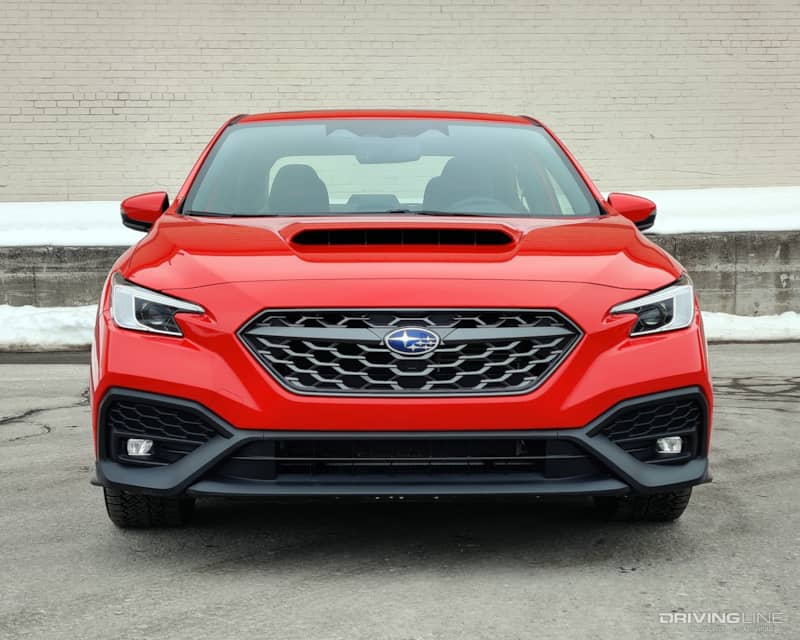
It's in the interest of any driving enthusiast to avoid spending the nearly $2,000 required to install the WRX's optional CVT. While opting for the continuously-variable box does give you access to a long list of automated safety features and driving conveniences made possible by Subaru's EyeSight stereoscopic camera system, it further penalizes you at the fuel pump when measuring combined driving.
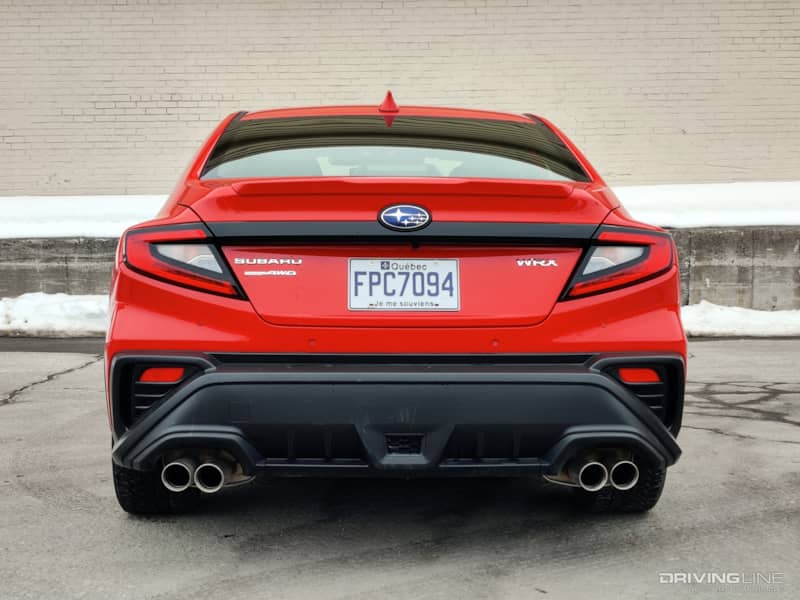
Then there's the fact that unlike other compact turbo sedans such as the GLI and the aforementioned Elantra N, this automatic transmission doesn't provide a strong balance between traffic jam comfort and lickety-split shifting, instead occupying a sort of soggy middle that saps most of the fun from the vehicle's left seat. If anything, the CVT version of the WRX reinforces the notion that what worked best about the now-departed STI was its ability to peel back the layers between the drive and the tarmac beneath its wheels—an experience that ones and zeros, no matter how expertly programmed, are more often than not incapable of replicating.






